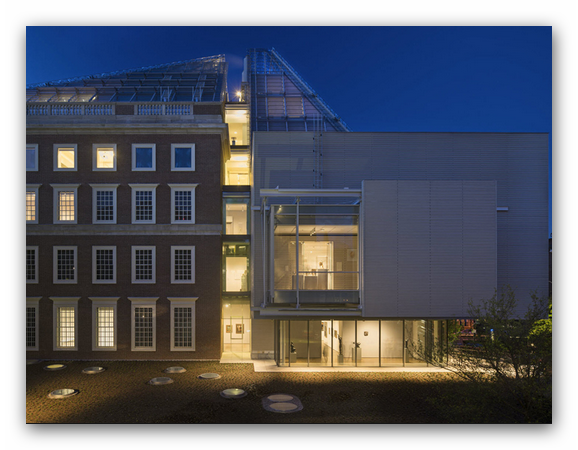Feb 9 2018 - Jun 3 2018
Cambridge, MA
The first exhibition of its kind, Inventur examines the highly charged artistic landscape in Germany from the mid-1940s to mid-1950s. Taking its name from a 1945 poem by Günter Eich, the exhibition focuses on modern art created at a time when Germans were forced to acknowledge and reckon with the atrocities of World War II and the Holocaust, the country’s defeat and occupation by the Allies, and the ideological ramifications of the fledgling Cold War. Chosen for the way it helps characterize the art of this period, the word Inventur (inventory) implies not just an artistic stocktaking, but a physical and moral one as well—the reassurance of one’s own existence as reflected in the stuff of everyday life. The exhibition, too, “takes stock,” introducing the richness and variety of the modern art of this period to new audiences, while prompting broader questions on the role of the creative individual living under totalitarianism and in its wake.
Inventur includes more than 170 works, encompassing nearly 50 German artists; many of the works have never been on view outside Germany. The exhibition draws from the Harvard Art Museums’ Busch-Reisinger and Fogg collections and is complemented by works from more than 50 public and private collections in the United States and in Germany. It includes key artists from across Germany who worked in an array of media: photography, collage, photomontage, drawing, painting, sculpture, and commercial design.
Credit: Exhibition overview from museum website.
Whether or not you go, Inventur: Art in Germany, 1943–55 provides a fresh perspective on a largely overlooked body of works. As Germany went through a period of intense physical and moral stocktaking in the wake of World War II, the country’s artists responded by creating highly charged works and engaging in heated debates about artistic practice and its relationship to the reestablishment of a new national identity. This long-overdue examination of German art from the immediate postwar period includes case studies of nearly fifty artists working in a variety of media ranging from small-scale drawings and collages to large, colorful canvases and industrial products. Insightful essays delve into Willi Baumeister’s wartime lacquer experiments, Louise Rösler’s abstract ruinscapes, and Arno Fischer’s photographs of a divided Berlin, revealing Germany’s surprisingly generative and pluralistic artistic culture.
Click to add this book to your library: Inventur: Art in Germany, 1943–55
Exhibition Venues & Dates
Feb 9 2018 - Jun 3 2018
Cambridge, MA

